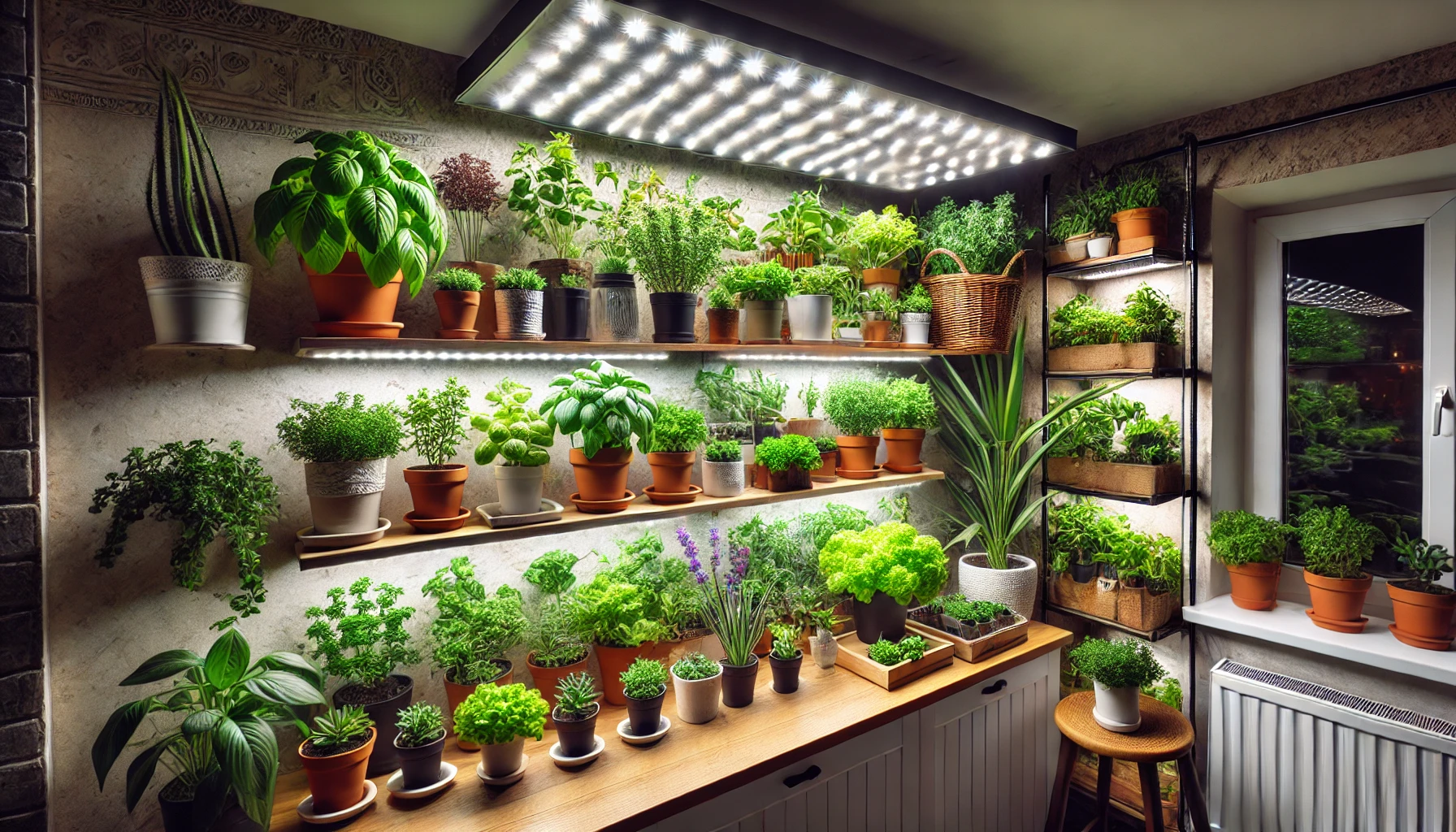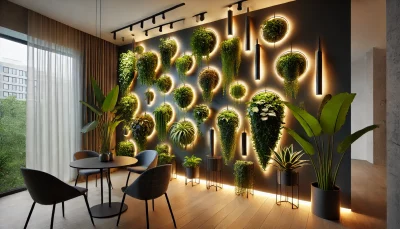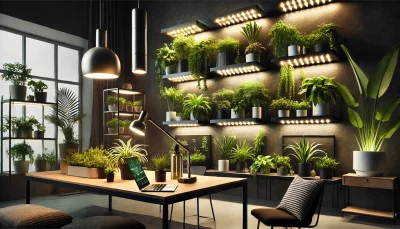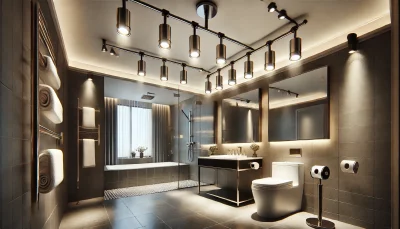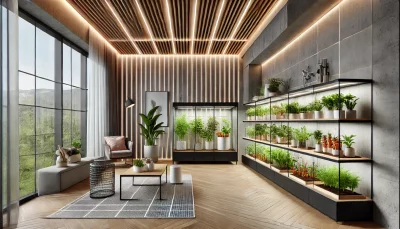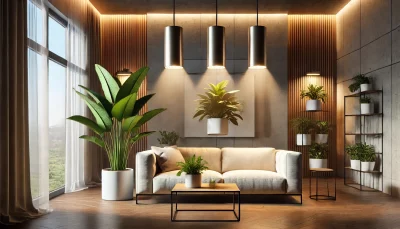Your cart is currently empty!
I never thought I’d become so passionate about indoor gardening, but here I am, surrounded by thriving plants that bring joy to my home every day. My journey began with a small collection of herbs, succulents, and houseplants, but despite my best efforts, they weren’t flourishing as I’d hoped. That’s when I realized the missing piece of the puzzle: proper lighting. Living in a home with large windows, I assumed natural sunlight would be enough, but I soon discovered that some corners were simply too dim for my plants to thrive, especially during the winter months when sunlight was scarce. This realization led me to explore grow light ideas, and it changed everything about my indoor gardening experience.
As I delved into research, I learned that plants need specific light wavelengths to truly flourish, something that even bright windows can’t always provide. This knowledge opened up a whole new world of possibilities for my indoor garden. I started with LED grow lights, attracted by their efficiency and ability to produce the full spectrum of light that plants need. One of my favorite grow light ideas was using adjustable grow light strips, which allowed me to position the light exactly where my plants needed it most. I placed them under my kitchen cabinets to bathe my herb garden in a steady stream of light, and the difference was almost immediate. My basil and mint plants, which had been struggling under inconsistent sunlight, started to show new growth within a week.
Encouraged by this success, I decided to take my indoor garden to the next level with a hanging grow light system for my larger houseplants. The results were nothing short of spectacular – my ferns, which had been slowly fading, suddenly revived, and my rubber plants developed new, glossy leaves. It was as if the entire room had come to life. But grow lights aren’t just about aesthetics; they’re essential for the health and longevity of plants. Once I started using grow lights consistently, I noticed that my plants were not only growing better but were also more resilient. The foliage was stronger, the colors more vibrant, and the overall health of my indoor garden improved dramatically.
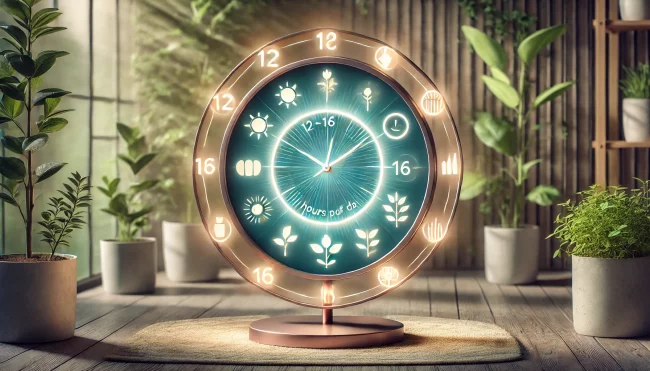
One of the most valuable lessons I learned was the importance of setting up a proper light schedule. While plants need light, they also require periods of darkness to rest and photosynthesize efficiently. I set my grow lights on a timer to mimic the natural daylight cycle, providing 12 to 16 hours of light per day, depending on the plant species. This was particularly helpful for my flowering plants, which responded incredibly well to the consistent lighting schedule. As I expanded my indoor garden, I experimented with different types of grow light ideas, using compact fluorescent lights for smaller plants and succulents, and high-intensity discharge lights for plants that needed more intense light, like my tomatoes.
Looking back, I’m amazed at how much my indoor garden has transformed since I discovered the power of grow light for indoor garden spaces. What was once limited by natural light has become a flourishing haven, with healthier plants and a more vibrant space overall. Whether you’re nurturing delicate herbs or growing tropical houseplants, the right grow lights can make all the difference. Don’t let dim corners or cloudy days hold you back – with the right lighting solutions, you can create a lush, healthy indoor garden that thrives year-round. My experience has taught me that with a little knowledge and the right tools, anyone can unlock the secret to indoor gardening success and enjoy the beauty of thriving plants in their home every day.
